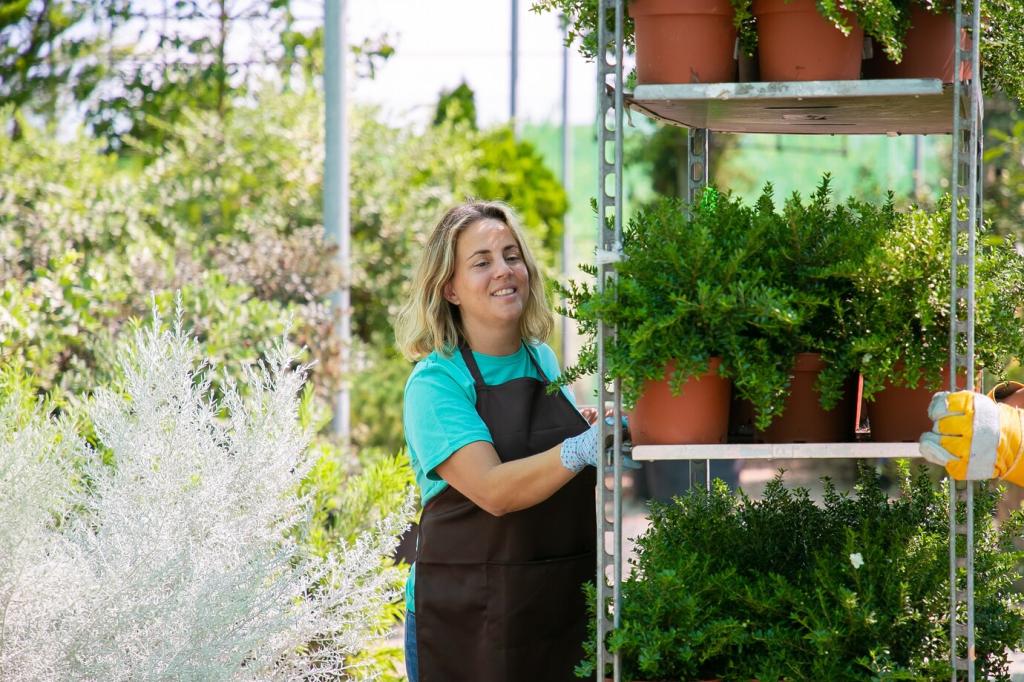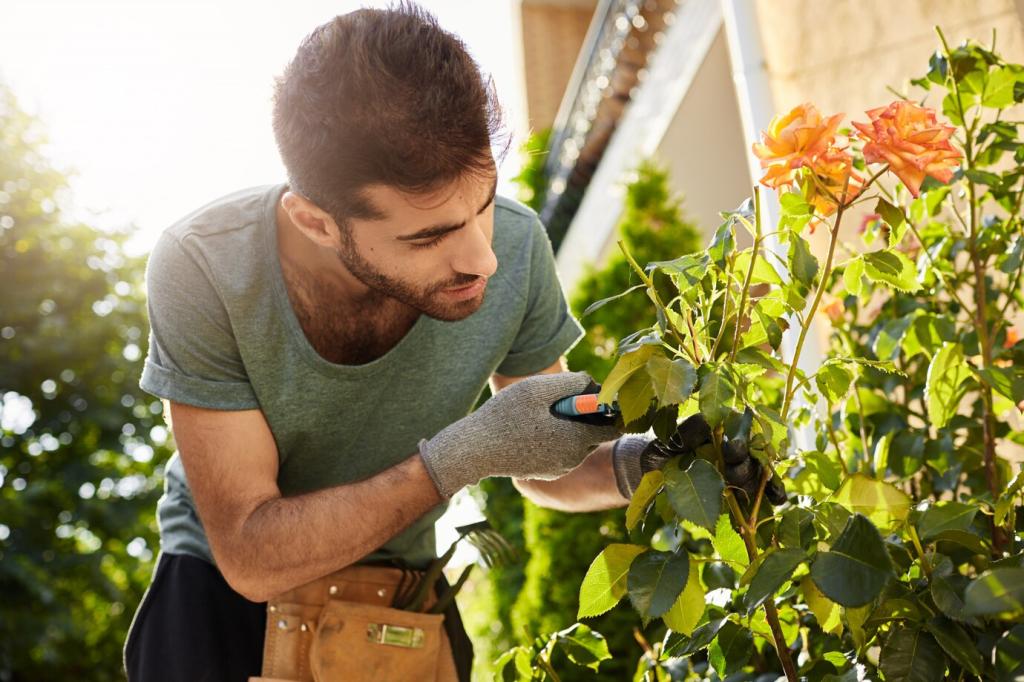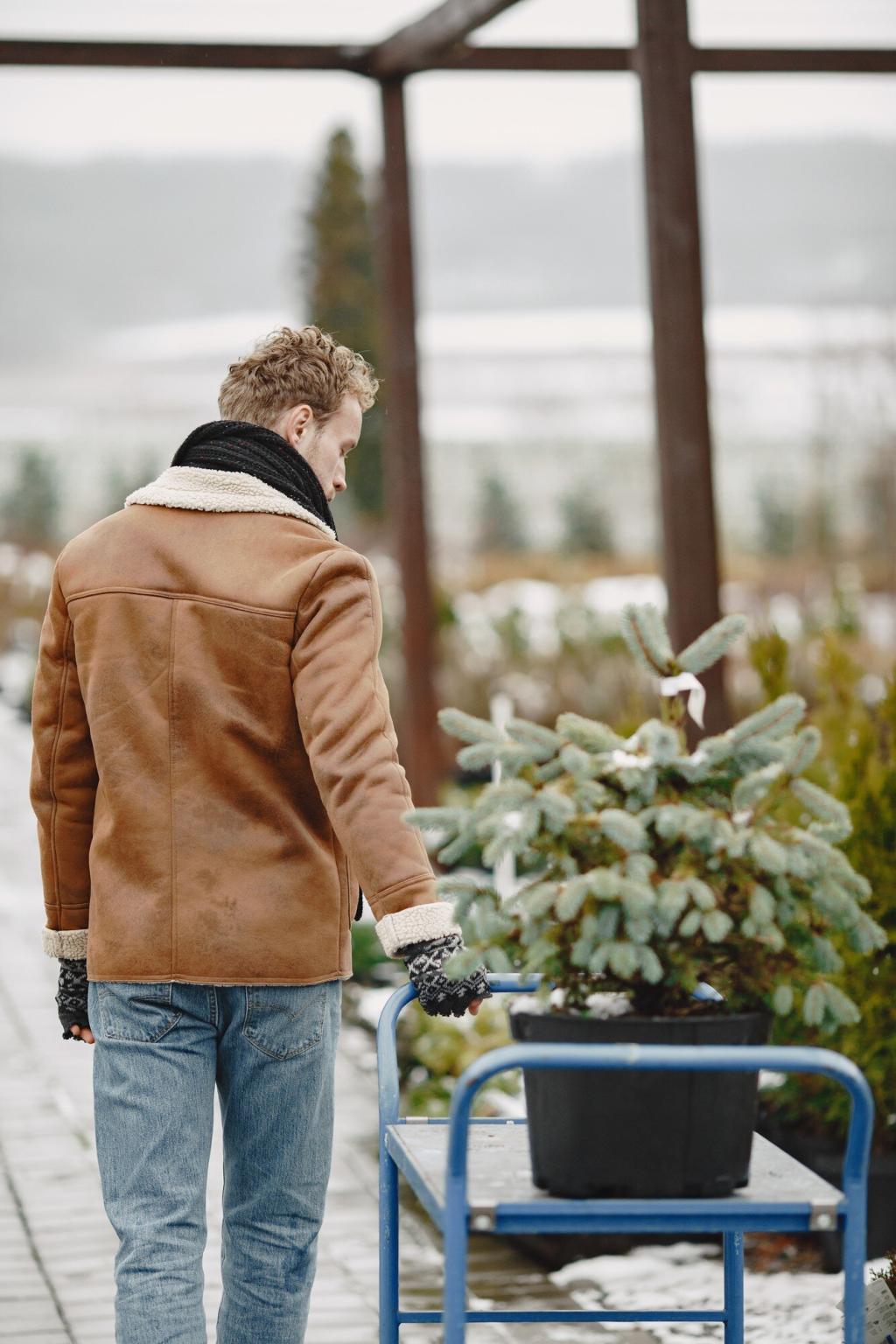
Smart Urban Gardening: Technology-Driven Plant Care
Discover how modern technology is transforming the world of urban gardening. As city living becomes more prevalent, space and resources for gardening can be scarce. However, innovations in plant care technology are empowering urban dwellers to cultivate lush, productive gardens in even the smallest of environments. This page explores the fusion of smart technology with gardening, highlighting the tools, strategies, and benefits that make urban gardening more accessible, efficient, and sustainable for all.
The Evolution of Urban Gardening
From Manual to Automated Solutions
In the past, urban gardening relied heavily on individuals manually tending to their plants, tracking watering schedules by memory, and responding reactively to issues like pests or nutrient deficiencies. Today, smart urban gardening leverages automation in watering, fertilizing, and climate management. Devices such as programmable irrigation systems ensure that plants receive exactly the amount of water they need, while sensor-driven solutions can adjust care routines in real-time. These technological shifts free up time while giving plants the stable, responsive environment they need to thrive.
The Role of Data and Connectivity
Data collection is at the heart of technologically-driven plant care in urban settings. Sensors continuously monitor key variables like soil moisture, light levels, temperature, and humidity. This data is transmitted to mobile apps or cloud-connected platforms, granting gardeners deeper insights into the needs of their plants. Armed with accurate, real-time feedback, urban gardeners can make smarter decisions, identifying and responding to stressors before they become serious problems. The connectivity among devices and apps also allows for remote management, ideal for busy city lifestyles.
Sustainability in the City
Smart urban gardening isn’t just about convenience—it’s a pathway to sustainable living. By optimizing resource usage through automation and data analytics, gardeners can conserve water, minimize waste, and reduce chemical inputs. Recirculating hydroponics, for example, use a fraction of the water of traditional gardening methods, while solar-powered systems reduce overall energy demands. These eco-friendly approaches enable city dwellers to contribute to urban sustainability, lessening their environmental footprint while growing their own fresh produce.
Essential Smart Gardening Technologies
Smart planters are revolutionizing how plants are grown indoors and on balconies by integrating sensors that measure soil moisture, light exposure, and fertilizer levels. These planters can alert users when water or nutrients are needed, and some are even equipped with automatic irrigation systems that water plants based on real-time readings. This not only simplifies care for beginners, but also ensures optimal conditions for plant health, minimizing the risk of both under- and over-watering. As a result, even those with little gardening experience can enjoy the beauty and benefits of thriving plants in their homes.
Automated watering systems are quickly becoming a staple of smart urban gardening setups. These systems take the guesswork out of hydration, using sensor data or programmable timers to deliver precise amounts of water to each plant. With technologies like drip irrigation and self-watering reservoirs, water is used efficiently, reducing waste and ensuring plant roots remain healthy. For busy urbanites or frequent travelers, these systems offer peace of mind, allowing gardens to flourish without constant supervision. By conserving water and catering to each plant’s unique needs, these systems provide an effective solution for sustainable urban gardening.
Limited sunlight and fluctuating indoor climates are common challenges in city environments, but smart lighting and climate control systems are leveling the playing field. LED grow lights can be set to mimic natural sunlight cycles, promoting healthy growth and flowering year-round regardless of outside conditions. Coupled with sensors and automated fans or humidifiers, these systems regulate temperature and humidity, creating an ideal microclimate for various plant species. The combination of smart lighting and environment control turns even windowless apartments into viable spaces for urban jungles or compact food gardens.

Integrating Urban Gardens with Smart Homes
Voice-Activated Plant Care
The rise of virtual assistants like Amazon Alexa and Google Assistant means garden management is now just a voice command away. By linking smart planters, irrigation systems, and environmental sensors to these platforms, users can check plant status, schedule watering, or adjust lighting with simple spoken instructions. This accessibility democratizes plant care, removing barriers for people with disabilities or busy schedules. Voice integration also encourages frequent check-ins and proactive care, making it easier than ever to nurture healthy, beautiful gardens.


Remote Monitoring and Notifications
With real-time monitoring, gardeners no longer need to be physically present to ensure their plants are thriving. Apps connected to smart sensors can send notifications about moisture levels, temperature drops, or required fertilization, allowing users to respond immediately, no matter where they are. Whether at work or on vacation, city dwellers can keep an eye on their gardens and intervene remotely if issues arise. This remote oversight provides peace of mind, supports more consistent care routines, and boosts the likelihood of gardening success in busy urban environments.
